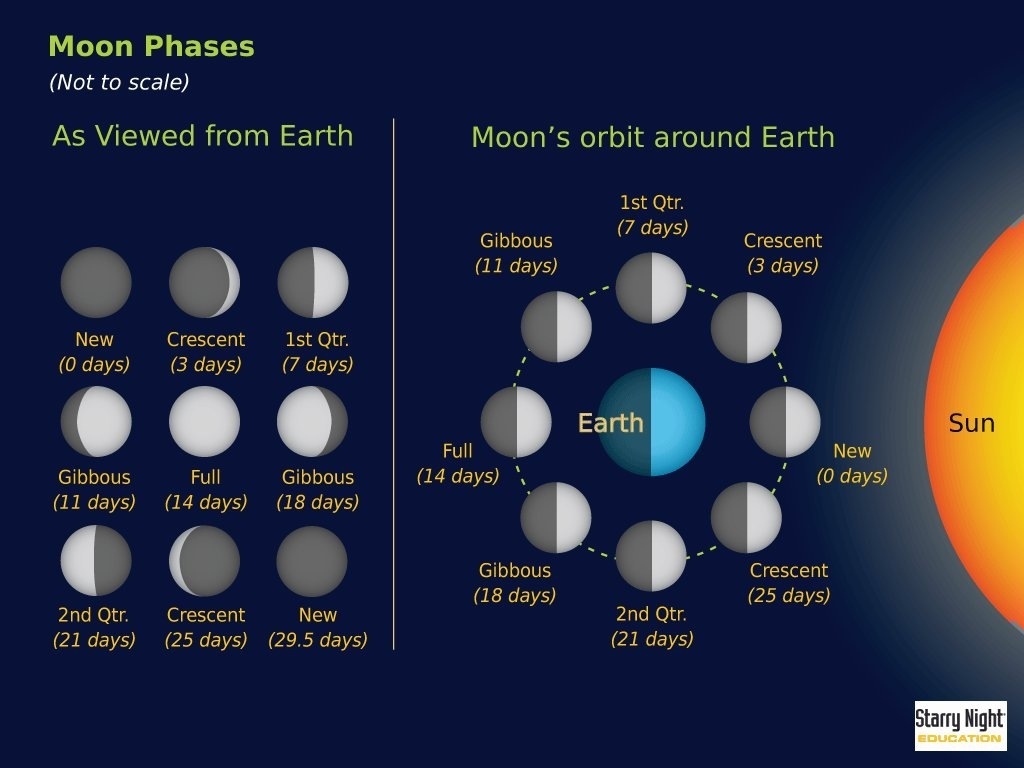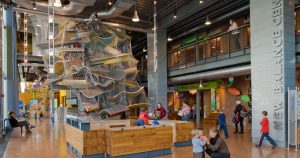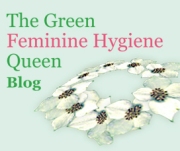If you were to talk to your grandparents or great-grandparents today, chances are they lived much simpler lives with fewer personal items and articles of clothing than you. Fast-fashion has become the norm, as people desire to keep up with trends and dress like their favorite celebrities, and become easily enticed by pretty storefront windows and glossy magazines.
Companies have taken note of this behavioral shift over the years and have gone to great lengths to not only reply to the growing consumer demand, but also to create one. Factories and sweatshops are included in many business models and society has learned how to overlook the harm it causes not only the workers in these places, but the environment as well.
If we look at the infographic below we can see the impact the production of just one single t-shirt has on the planet. If more people were to buy less clothing and try to reuse and recycle what they already have, it will benefit nature, the workers that have to mass manufacture our clothing and accessories, and our wallets.
More and more companies and activists are starting to investigate how to improve working conditions and be eco-friendly, and they are doing what they can to revise business plans and raise awareness about the impact our insatiable consumerism has on the environment and on those around us. The advocacy group Canadian Fair Trade Network recently created an emotional campaign, “The Label Doesn’t Tell the Whole story”, that reveals some of the horrors workers in many third world countries face daily, many of which we are hardly ever informed about.

Image courtesy of The Canadian Fair Trade Network. The label reads, “Made in Cambodia by Behnly, nine years old. He gets up at 5am every morning to make his way to the garment factory where he works. It will be dark when he arrives and dark when he leaves. He dresses lightly because the temperature in the room he works reaches 30 degrees. The dust in the room fills his nose and mouth. He will make less than a dollar, for a day spent slowly suffocating. A mask would cost the company ten cents.The label doesn’t tell the whole story.”
The Slow Fashion Movement, coined in 2007 by design consultant Kate Fletcher, was established to go against the injustices factory workers face as well as an attempt to help save the environment. The movement is meant to encourage people to consume less and in a more intelligent manner, and give them peace of mind that they are spending their money on products that are of high-quality and were created in an ethical and sustainable way.
In order to create more sustainable fashion, people have gotten creative in the materials they are using. Designers and companies like Heidi and Adele are experimenting and toying with unique materials like waste salmon and eel skins, a byproduct of the food industry that’s becoming the new alternative to python, a popular fashion material that is unethically sourced. Take a look at these hot clutches that were produced from this more sustainable material:

Image courtesy of http://www.telegraph.co.uk
The goal of using different resources is to reuse, recycle, and reduce waste, as well as find ways to produce fashionable items. Many individuals are starting to take an interest in buying products that are made of these unique materials because not only are they attractive, but they they are “one-of-a-kind,” which makes people feel special and like they own exclusive pieces.
At Maxim Hygiene it is our goal to deliver high-quality sustainable and ethical products, as well as inform you about how to lead a more environmentally friendly and health conscious way of life that benefits the planet as well as mankind.
If you are interested in learning even more about how to live a sustainable and ethical but savvy lifestyle, then check out this article by Fashion Hedge that includes some of her favorite bloggers to follow.
So, Green Queens, what do you think about the Slow Fashion Movement? Have you already joined it yourself? Let us know and share some your fave finds here!




















